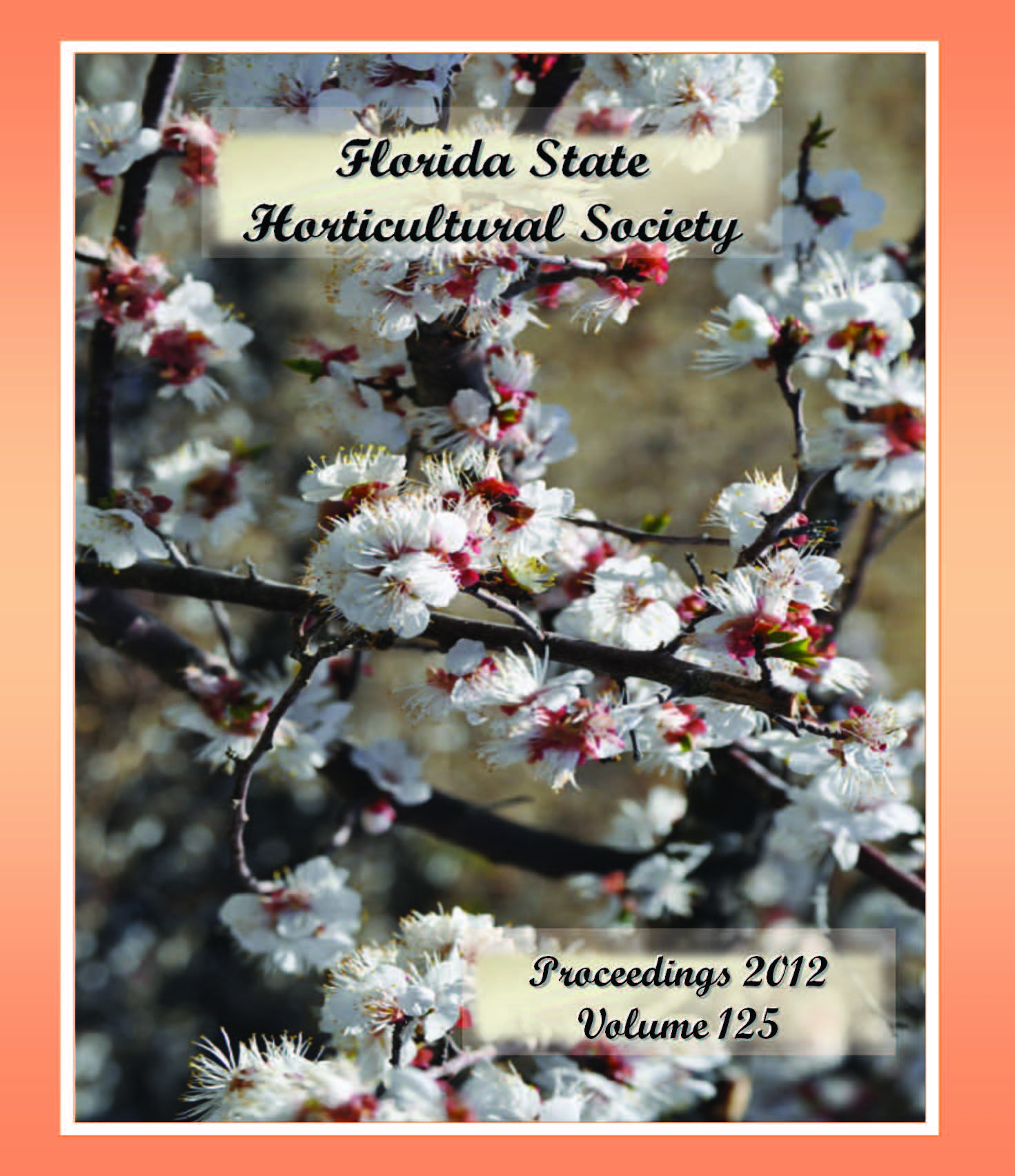Published 2012-12-01
Keywords
- Arachis glabrata,
- Arachis pintoi,
- Biathlon,
- dimethenamid-P,
- FreeHand
- indaziflam,
- isoxaben,
- oxyfluorfen,
- pendimethalin,
- phytotoxicity,
- prodiamine,
- Snapshot,
- survival,
- trifluralin ...More
Abstract
Low-growing perennial peanuts are being used as ground covers in landscapes. Because it takes time for the plants to fill in ground beds and become very competitive with weeds, there is a need to find preemergence herbicides that can help control weeds during the establishment period while being safe to use on these plants. Three relatively new granular herbicides (Biathlon, FreeHand, and Snapshot), each containing two active ingredients with different mechanisms of action, were applied to newly planted perennial peanut cultivars Arachis glabrataBenth. ‘Brooksville 67’, A. glabrata‘Ecoturf’, and A. pintoiKrapov. & W.C. Greg ‘Golden Glory’. Another granular herbicide (active ingredient indaziflam), not yet labeled for use on ornamentals, was also applied. Plants were monitored for visual symptoms of acute phytotoxicity, and chronic toxicity was determined by estimating the percentage of the plots that were covered with perennial peanut foliage (ground cover establishment). Plots were hand-weeded weekly to remove any weed competition that might affect the growth of the perennial peanuts. Herbicide treatments were applied three times. The only treatment that caused significant acute phytotoxicity and reduced the establishment of perennial peanuts was indaziflam. Under the conditions of this experiment, Biathlon, FreeHand, and Snapshot did not inhibit the establishment of perennial peanut ground cover.

